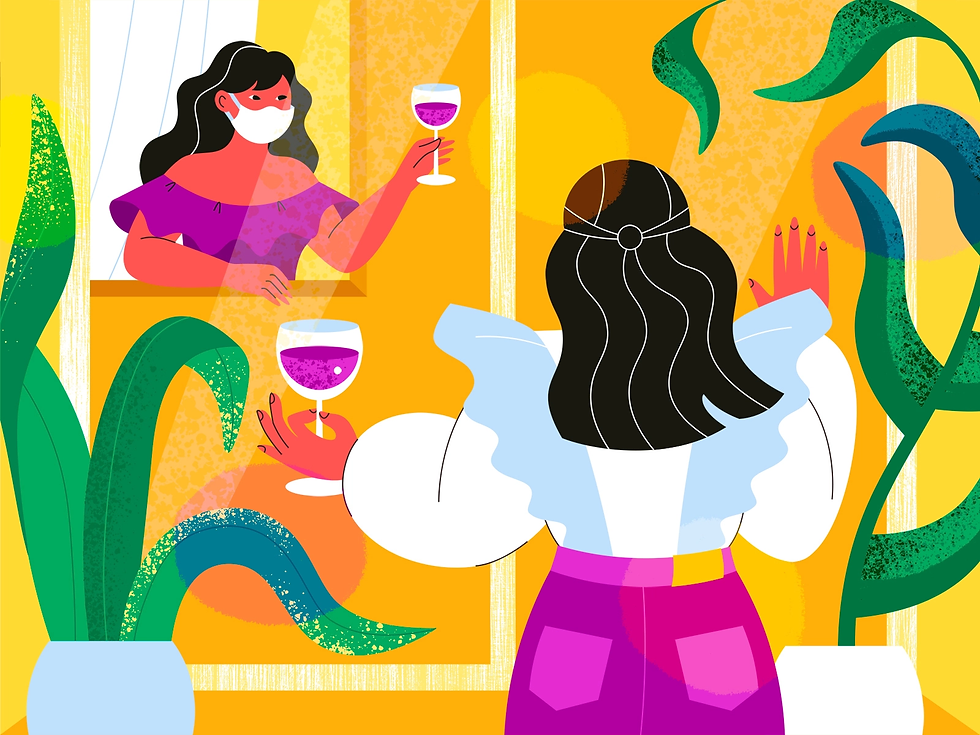Only Women
- girlupshine

- Oct 4, 2021
- 2 min read
Most people still see gender issues as women’s issues, even though the strict definition of gender encompasses male, female and other gender identities. Studies show how the conceptions that “boys are aggressors and girls are weak” are harmful to both the genders. These stereotypes can also extend to the victims in later life, leading to severe psychological absurdity. While researching the topic, something unusual but expected at the same time caught my eye. Most reports regarding gender-based violence and gender-based trauma only mentioned empirical data mentioning female, disregarding the suffering of male and other gender identities. Activities like this have created a false notion that Women are the only ones who face gender-based trauma.
In the present study, 52.4% of men experienced gender-based violence. Out of 1000, males 51.5% experienced violence at the hands of their wives/intimate partner at least once in their lifetime and 10.5% in the last 12 months. The most common spousal violence was emotional by 51.6% followed by physical violence by 6%. In one-tenth cases, physical assaults were severe and in almost half of the cases, husband initiated physical and emotional violence. But this doesn’t invalidate the experience of others. Gender symmetry does not exist in India for physical violence. Some risk factors include less family income, education up to middle class, nuclear family setup and perpetrator under the influence of alcohol.

There is very little data on sexual assault against men as many organizations are reluctant to include violence against men.
As humanitarians, we are guided by humanitarian principles including impartiality, meaning that aid should be provided according to needs. By not considering the specific vulnerabilities and needs of men and boys in humanitarian crises alongside that of women and girls, we are violating this principle.
Acts of sexual violence against men and boys include anal and oral rape and other forms of victimization, including gang rape, enforced sterilization, mutilation, castration, blunt trauma to genitals, forced nudity, forced masturbation, forced rape perpetration, and forced witness to sexual violence against family members or peers. This sexual violence can occur in many settings, including detention centres, military sites, refugee camps and people’s homes during and after conflict.
Violence against LGBT people in conflict settings has been recognized by the United Nations as a form of gender-based violence that is often motivated by homophobic and transphobic attitudes and directed at those perceived as defying hegemonic gender norms. In post-conflict settings, LGBT people often experience harassment and need to hide their sexual orientation or gender identity. Abuse and violence by security agents, local community members and other asylum seekers or refugees is common. Additionally, ‘honour killing’ may target LGBT individuals. Exclusion from economic opportunities or from access to services may also occur as a result of homophobic attitudes.
In conclusion, violence is not only limited to women and its time we stop pretending like it is. Maybe not in the same majority as women but men, LGBTQAI persons and non-binary people also face gender-based violence and we need to take adequate steps to prevent it.
~By Ishita




Nice article.
Very informative!!